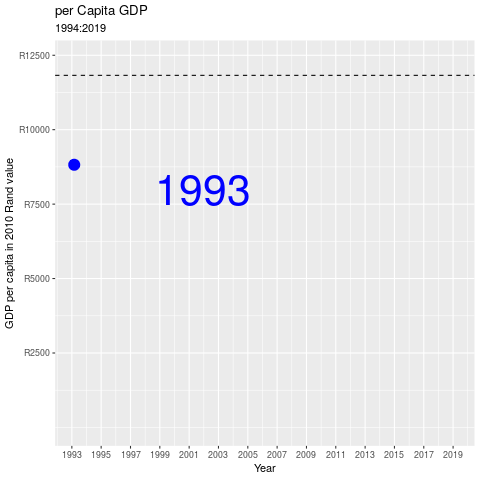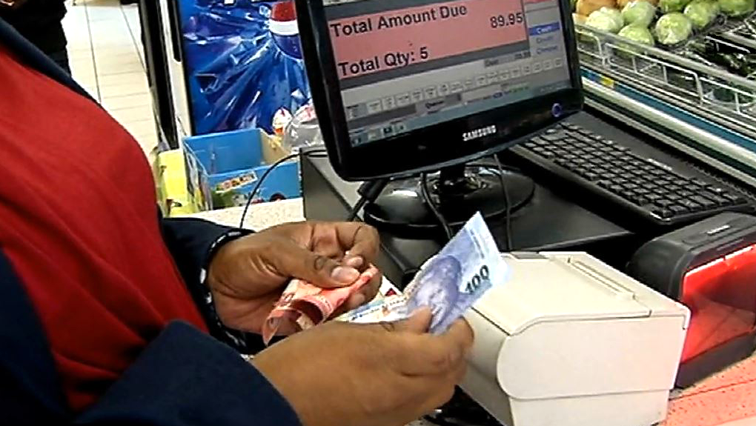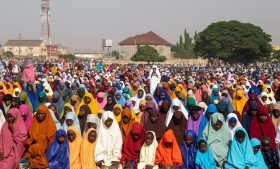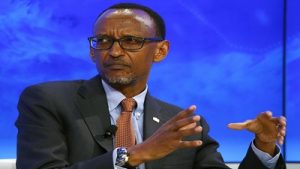Data released by StatsSA last week indicates that the total value of all the goods and services produced in South Africa (i.e. the Gross Domestic Product or GDP) fell in the first quarter of 2019.
The data indicates that the level of economic activity and thus the wealth of South Africans, is declining. The latest decline follows several years of poor economic growth.
The total values of goods and services produced in South Africa (GDP) are currently R1.2-trillion. In 1994, the country’s GDP was approximately one-tenth of its current size (R117-billion).

Unfortunately, most of the increase in the GDP figure is due to the devaluation of the Rand through inflation and not real growth in economic activity. If the GDP figures are compared after accounting for inflation the size of the economy has ‘only’ doubled since 1994.
In order to sustain existing levels of affluence GDP should grow at least as fast as the population. However, since 1994 the population of South Africa has also grown substantially – from 40-million people in 1994 to the current 58 million.
Despite this increase, the South African economy has grown faster than the population. Since 1994 the per capita GDP of South Africa has increased by one-third in real terms (i.e. after taking inflation into account). By global standards this rate of growth is low and, relative to our BRICS partners, it is very low.
Between 1994 and 2017 global per capita GDP grew by 43% – 10% more than South Africa’s. During this period BRICS partner China experience a 6-fold increase in per capita GDP. India experiences a three-fold increase in per capita GDP at the same time.
The latest StatsSA figures indicate that the positive growth trend experienced since 1994 has been reversed.
Over the past five years, economic growth has been below population growth and, as a result, per capita GDP is declining. South Africa’s per capita GDP is now on a par with what it was immediately before the global economic crisis of 2007/2008.
The absence of an increase in per capita GDP since 2007 reflects a “lost decade” for the South African economy. This decade coincides with the “nine lost years” during which the country was under Presidents Zuma’s stewardship and President Ramaphosa’s first year at the helm.
Unfortunately, the current growth trajectory points to on-going economic stagnation and the likelihood that the count of lost years will rise.






